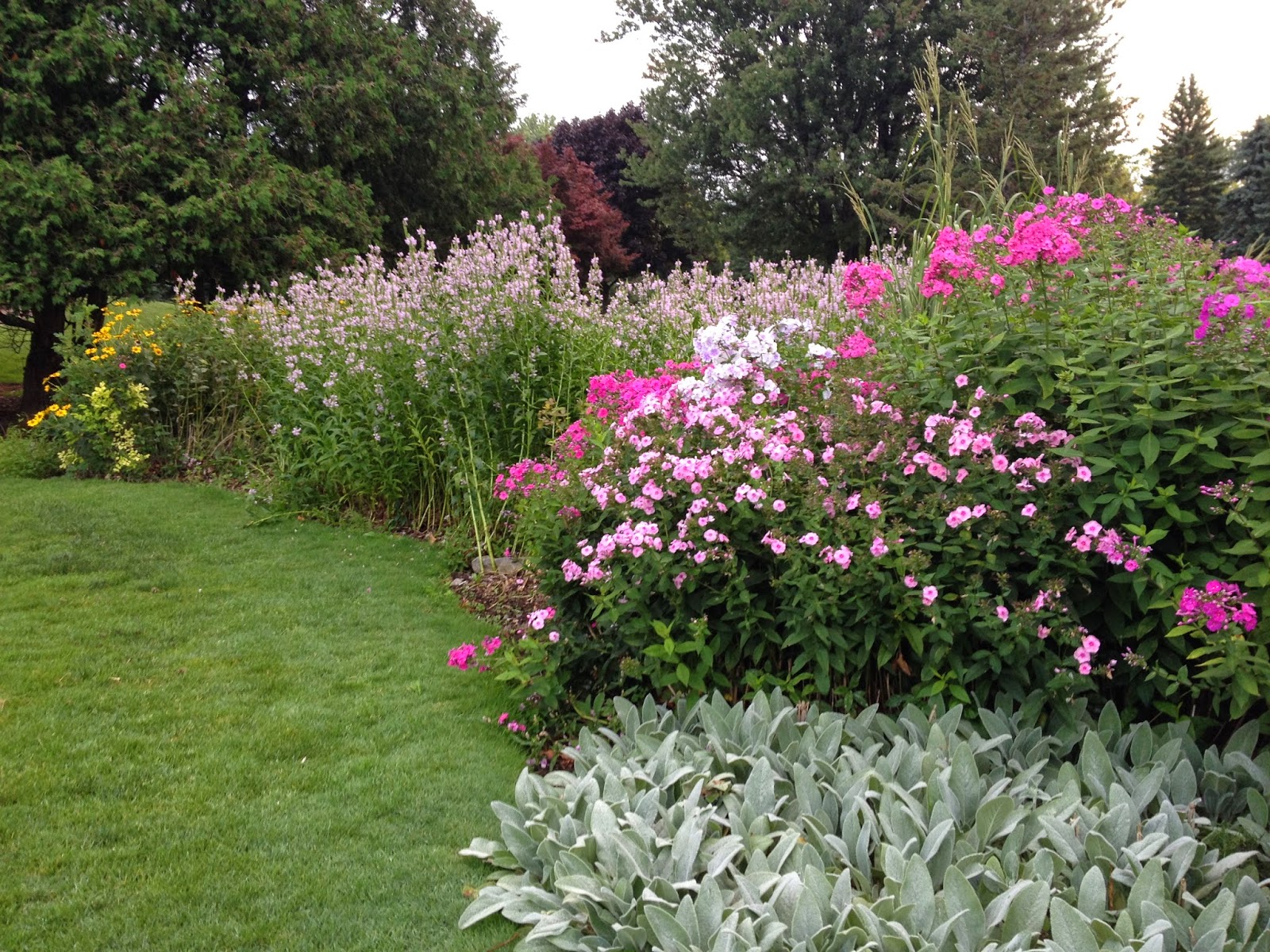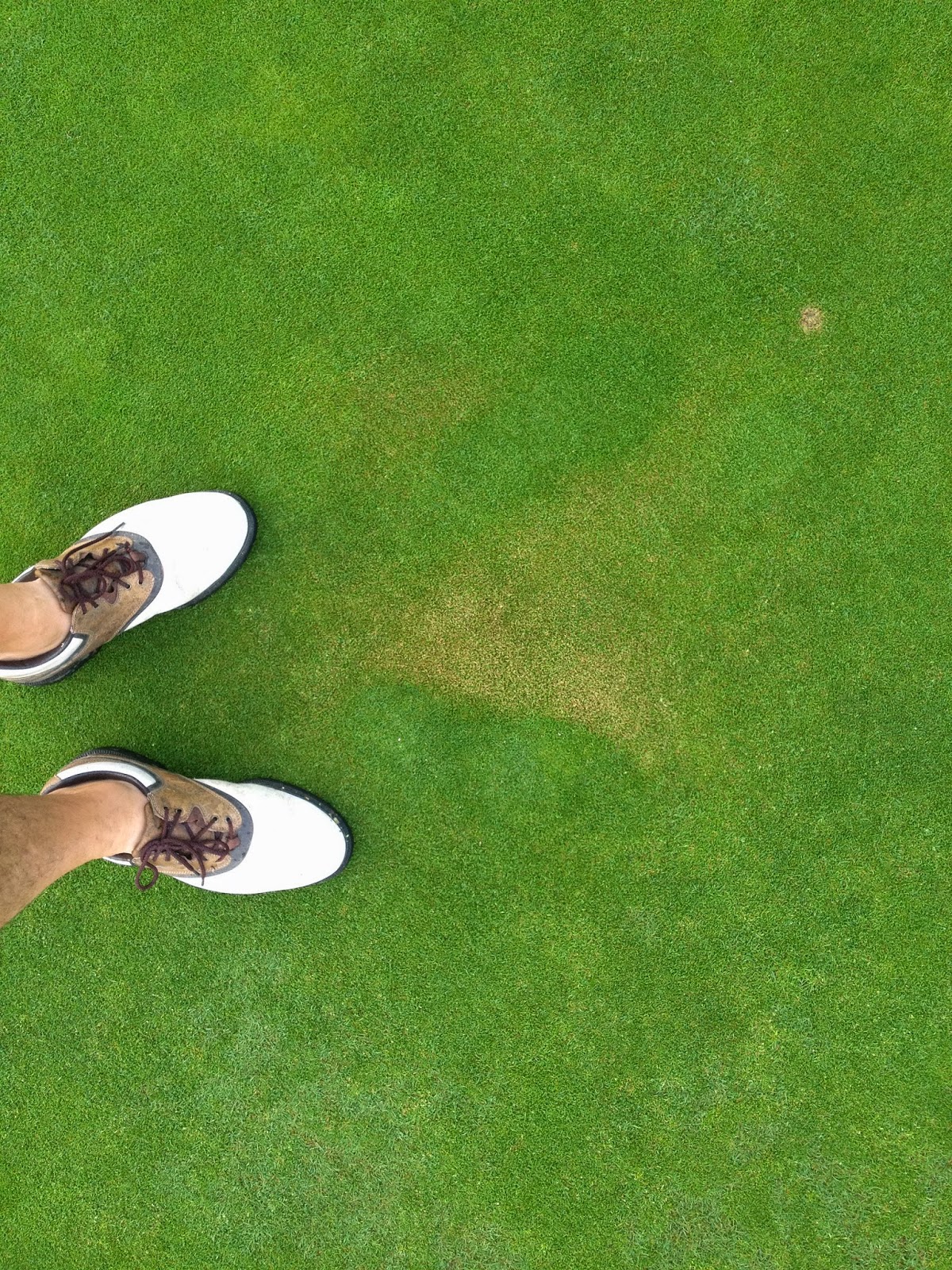To continue with the discussion on green speed (previously ), let's define what 'slow' means as far as the United States Golf Association is concerned for daily play and tournament play.
Daily play
- Slow greens: 4.5 feet
- Medium greens: 6.5 feet
- Fast greens: 8.5 feet
- Slow greens: 6.5 feet
- Medium greens: 8.5 feet
- Fast greens: 10.5 feet
When greens fall below 9 feet, most players notice a difference. This is when we would call a green "slow".
What we can't control of Mother Nature, we manage around. Wet greens and rainy spells will always bring slower greens the same as dry and hot spells will bring hard and fast greens. These are expected outcomes that surprise almost no one. What we shoot for with speed is somewhere in the middle. It's a balancing act, but when done right it produces consistent putting surfaces that are fair and fun for the majority.
That time of year
When the bugs are biting, apply your bug juice off the greens while seated in your cart, or standing on a cartpath. This was on 9 green and likely occurred on Sunday night. It's understandable, but a good time to point out how toxic insect repellant is to plants.
Prepping for hole punching
 | |
| 2 green getting a breather and some lunch |
Greens aerifying is right around the corner so it's time we pump the greens up with some fertilizer and lay off the aggressive mowing for a while. You'll notice the greens becoming more lush and thicker in response to the nice treatment. The increased vigor allows them to recover quickly and makes aerifying less invasive. Green speed will be affected during this time.
Between weather variability and outings, the best time to punch is too changeable to stick to a hard date. We aim for an 'aerifying window' typically in early September. We've refined the process to a point that it's done without play disruption and finished in two days or less.
Hits and Misses
 |
| 11 Tee |
 |
| 18 tee |
 |
| 11 fairway |
Tweetings
Check the new grounds department Twitter feed for quick and dirty semi-daily updates (or when the mood strikes) on what's going on around the shop and golf course, if you do that kind of thing, over at @TuscaroraGC





